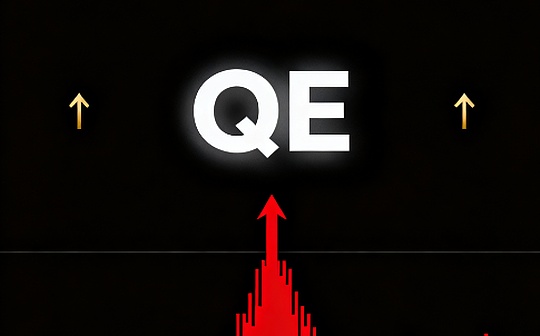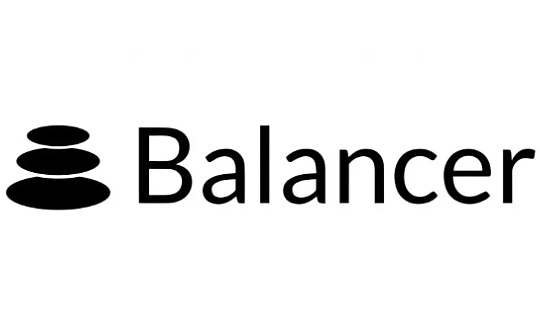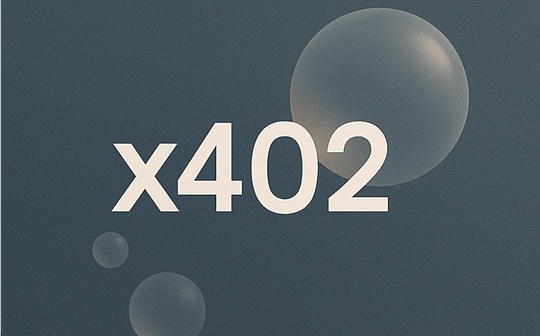
Author: Zhang Feng
On November 3, 2025, the Hong Kong Securities and Futures Commission (“SFC”) issued two important circulars on the same day, namely the “Circular on Expanding Products and Services of Virtual Asset Trading Platforms” and the “Circular on Shared Liquidity on Virtual Asset Trading Platforms.”These two documents are not only an important evolution of Hong Kong’s virtual asset regulatory system, but also a strategic move for Hong Kong to seize the institutional high ground in the global digital asset competition and promote the steady development of the industry.This article will systematically interpret the core essence and far-reaching influence of these two circular letters from the aspects of their content, background, policy comparison, business impact and future prospects.

1. Overview of the core contents of the two circulars
“Product Expansion Circular”: Promote product diversification and expand business boundaries.The “Circular on Expanding Products and Services of Virtual Asset Trading Platforms” mainly focuses on “product diversification”, and its core content includes three aspects:
First, relax the regulations on token inclusion.For virtual assets offered to professional investors, including stablecoins, the requirement to have a 12-month track record has been removed.Stablecoins issued by licensed stablecoin issuers are also exempt from this restriction and can be sold to retail investors.This move significantly lowers the listing threshold for emerging tokens, helping the platform to quickly respond to market changes and introduce more innovative assets.However, other virtual assets for retail investors still need to meet the 12-month track record requirement, which reflects the balance between supervision between encouraging innovation and protecting investors.
Second, platforms are explicitly allowed to distribute digital asset-related products and tokenized securities.Under the premise of complying with existing regulations, licensed platforms can distribute digital asset-related investment products including tokenized securities, and can open trust or customer accounts for customers to hold related assets.This means that the platform is no longer just a trading place, but can transform into a comprehensive financial service provider, further enriching its business model.
Third, allow platforms to provide custody services for digital assets that are not bought and sold on their platform.The platform can manage digital assets that are not listed for online trading through associated entities, but must comply with strict due diligence and risk control requirements.This provision expands the platform’s revenue sources and provides users with more comprehensive asset management solutions.
“Shared Liquidity Circular”: Build a cross-domain liquidity pool to improve market efficiency.The “Circular on Shared Liquidity of Virtual Asset Trading Platforms” focuses on “liquidity integration” and aims to form a shared liquidity pool by allowing licensed platforms to integrate their order books with their overseas affiliated platforms to achieve cross-platform transaction matching and execution.The circular sets out systematic regulatory requirements for the operation of shared liquidity:
First, the partner must be a compliant overseas platform.The jurisdiction needs to have a regulatory framework that is consistent with international standards;
Second, a settlement mechanism for goods and banks must be established.Establish a reserve fund to deal with settlement risks and implement real-time monitoring;
Third, a unified market surveillance plan needs to be established.Prevent cross-domain market misconduct;
Fourth is the platformMustassume all transaction responsibilities,and fully disclose relevant risks to customers.
These regulations not only encourage platforms to improve transaction depth and efficiency through liquidity sharing, but also emphasize the importance of risk isolation and investor protection.
2. The deep background of the issuance of the circular
Integrate with international standards and enhance institutional competitiveness.In recent years, the global virtual asset regulatory system has been accelerated.International organizations such as the Financial Action Task Force and the International Organization of Securities Commissions have launched a number of standard recommendations emphasizing regulatory consistency, investor protection and risk prevention and control.Hong Kong’s move is a positive response to the international regulatory consensus and aims to improve the compatibility of its regulatory system with international standards and enhance international competitiveness.Especially against the background that Singapore, Dubai, the European Union and other places have successively introduced virtual asset regulatory frameworks, Hong Kong urgently needs to stay ahead at the institutional level to attract global capital and talents.
Consolidate the status of financial center with digital assets.Virtual assets are a key track for Hong Kong to consolidate its status as an international financial center and develop the digital economy.The “ASPIRe Roadmap” released in February 2025 clearly proposes to use “products” and “connections” as two pillars to promote the development of the digital asset ecosystem.This circular is the specific implementation of the roadmap at the policy level, reflecting Hong Kong’s policy orientation of encouraging innovation and expanding market depth under the premise of controllable risks.Hong Kong hopes to create a “digital asset hub” through institutional dividends and form first-mover advantages in areas such as asset tokenization, cross-border settlement, and digital securities.
Respond to homogeneous competition and enhance comprehensive competitiveness.Currently, Hong Kong’s virtual asset trading platform faces problems such as product homogeneity, fragmented liquidity, and increased competition with international platforms.Broadening the scope of products and introducing a shared liquidity mechanism will help improve the comprehensive service capabilities and market efficiency of local platforms and narrow the gap with global mainstream platforms.Especially in terms of transaction depth, asset types and user experience, Hong Kong platforms urgently need to achieve leapfrog development through institutional innovation.
3. Comparison of similarities and differences between the two circulars
The same thing: seeking progress while maintaining stability, taking both development and risks into consideration.Both circulars have the dual goals of “promoting market development and preventing and controlling financial risks”, reflecting the China Securities Regulatory Commission’s regulatory thinking of “seeking progress while maintaining stability”.They are all important steps in the refinement and systematization of Hong Kong’s virtual asset regulatory system, aiming to enhance market vitality and investor confidence.In terms of regulatory methods, both emphasize the bottom line of compliance and require platforms to strengthen risk management, information disclosure and investor protection while expanding business.
Difference: dual drive of product innovation and market infrastructure.The “Product Expansion Circular” focuses on “product innovation” and expands the platform’s business boundaries and revenue sources by relaxing token access and allowing distribution and custody of diversified assets; the “Shared Liquidity Circular” focuses on “market infrastructure”, improving transaction efficiency, optimizing price discovery through liquidity integration, and enhancing the global attractiveness of the Hong Kong market.
In short, the former solves the problem of “what is available for trading” and the latter solves the problem of “how to trade more efficiently”. The two complement each other and together form the twin engines of the development of Hong Kong’s virtual asset market.
4. Impact on platform operations
Short-term opportunities and challenges coexist.In the short term, licensed platforms will usher in business expansion opportunities.The “Product Expansion Circular” enables the platform to quickly launch emerging tokens and stable coins, distribute tokenized securities and digital asset products, and expand the custody service market; the “Shared Liquidity Circular” enables the platform to access global liquidity and enhance transaction depth and customer experience.
However, platforms also face the challenge of rising compliance costs.It is necessary to strengthen due diligence, risk management and control, system construction and information disclosure, especially in cross-border settlement, market supervision and customer asset protection. Corresponding resources must be invested to meet regulatory requirements.If small and medium-sized platforms cannot bear these costs, they may face the risk of being eliminated or consolidated.
Promote the reshaping of market structure in the medium to long term.In the medium to long term, these two policies will promote the reshaping of the market structure.The improvement of product and service capabilities will attract more institutional and retail investors to participate and expand the market scale; liquidity integration will accelerate the differentiation between platforms, and platforms with technology and risk control advantages will stand out; Hong Kong is expected to become Asia’s digital asset product innovation and cross-border trading hub, enhancing the node value in the global digital financial network.
5. Prospects for the Development and Supervision of Digital Assets in Hong Kong
The issuance of these two circulars marks a new stage in Hong Kong’s virtual asset supervision from “prudent access” to “precision development”.The China Securities Regulatory Commission is not only in line with international standards in terms of system, but also reflects forward-looking and systematic policy design.
In the future, Hong Kong may continue to deepen in the following aspects:
– Gradually bring more digital asset classes into the regulatory horizon, such as RWA, DeFi protocols, etc.;
– Promote cross-border regulatory cooperation, establish multilateral mutual recognition mechanisms, and improve international coordination efficiency;
– Explore the application of central bank digital currency in virtual asset transactions to improve settlement efficiency and security;
– Strengthen technological supervision capabilities and use tools such as blockchain analysis and AI monitoring to improve law enforcement effectiveness.
The two consecutive letters issued by the Hong Kong Securities Regulatory Commission are not only a timely move to respond to market development needs, but also a strategic move to lay out the future of digital finance.On the premise of ensuring the stability of the market, Hong Kong is making steady progress towards building an internationally competitive digital asset ecosystem through the two-wheel drive of “liberalizing products and connecting flows”.For market participants, only by grasping the policy dividends and laying a solid foundation for compliance can they make steady progress in this wave.







